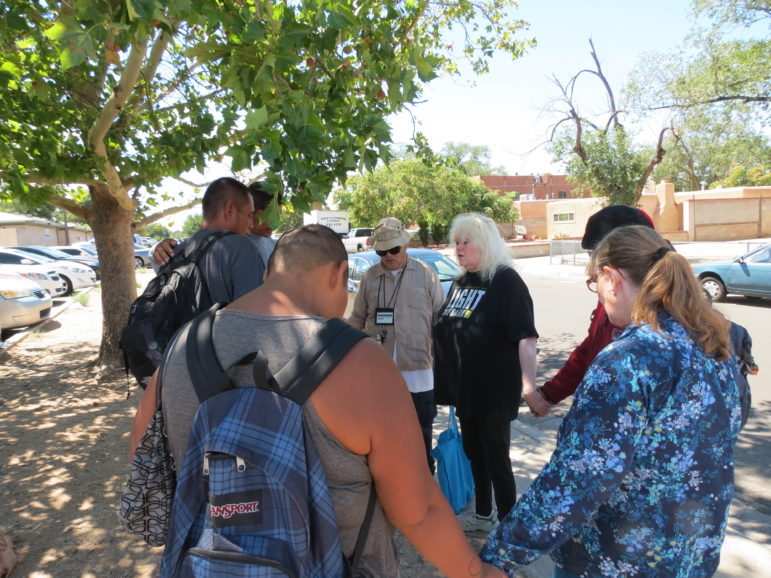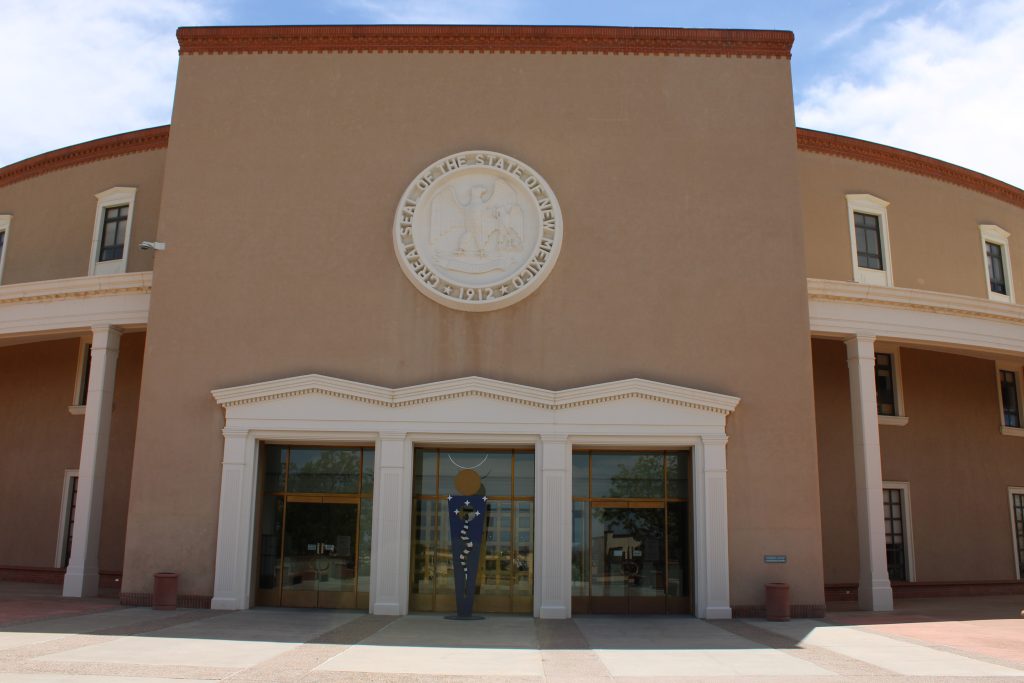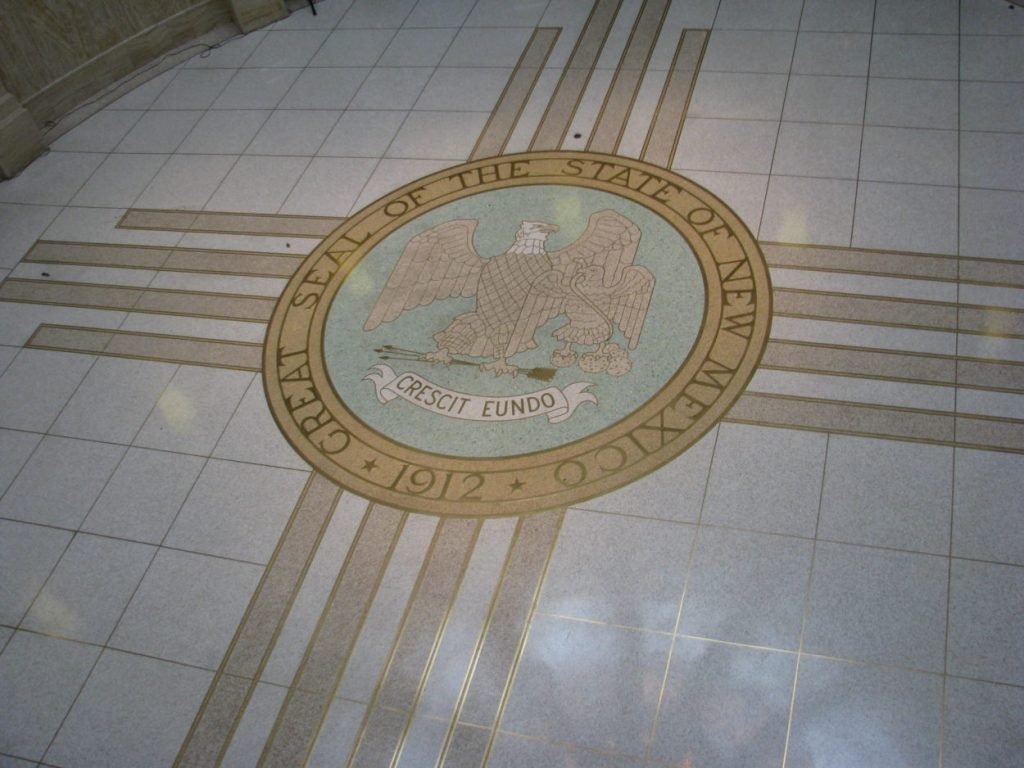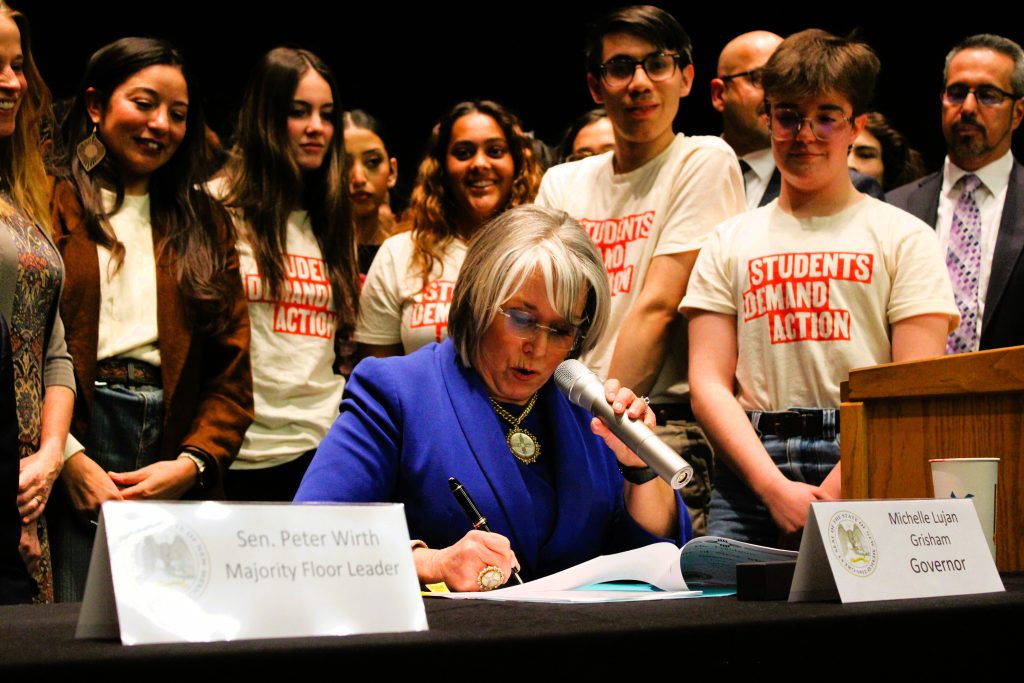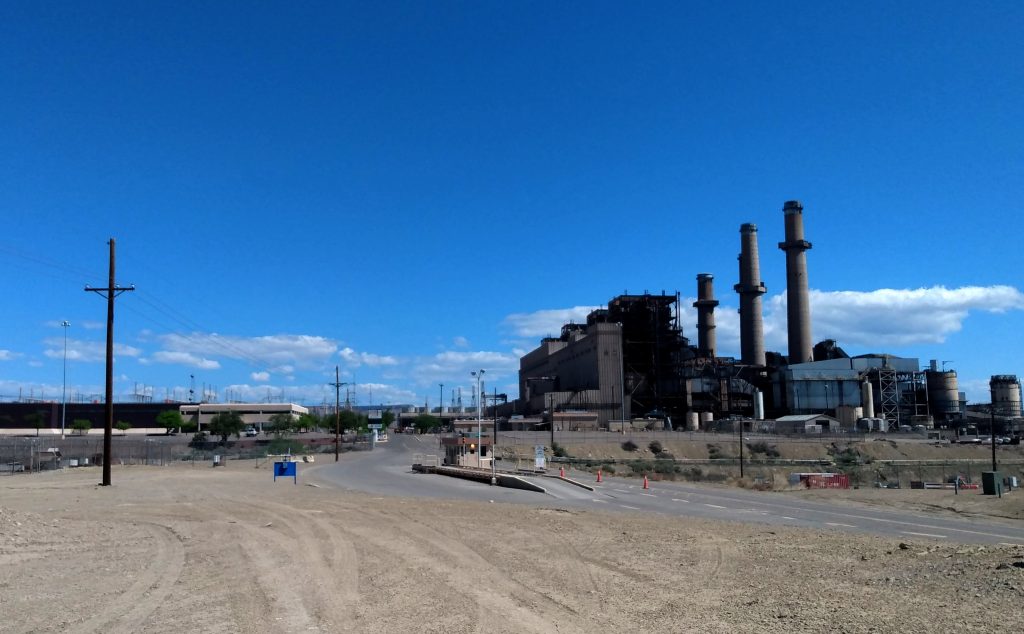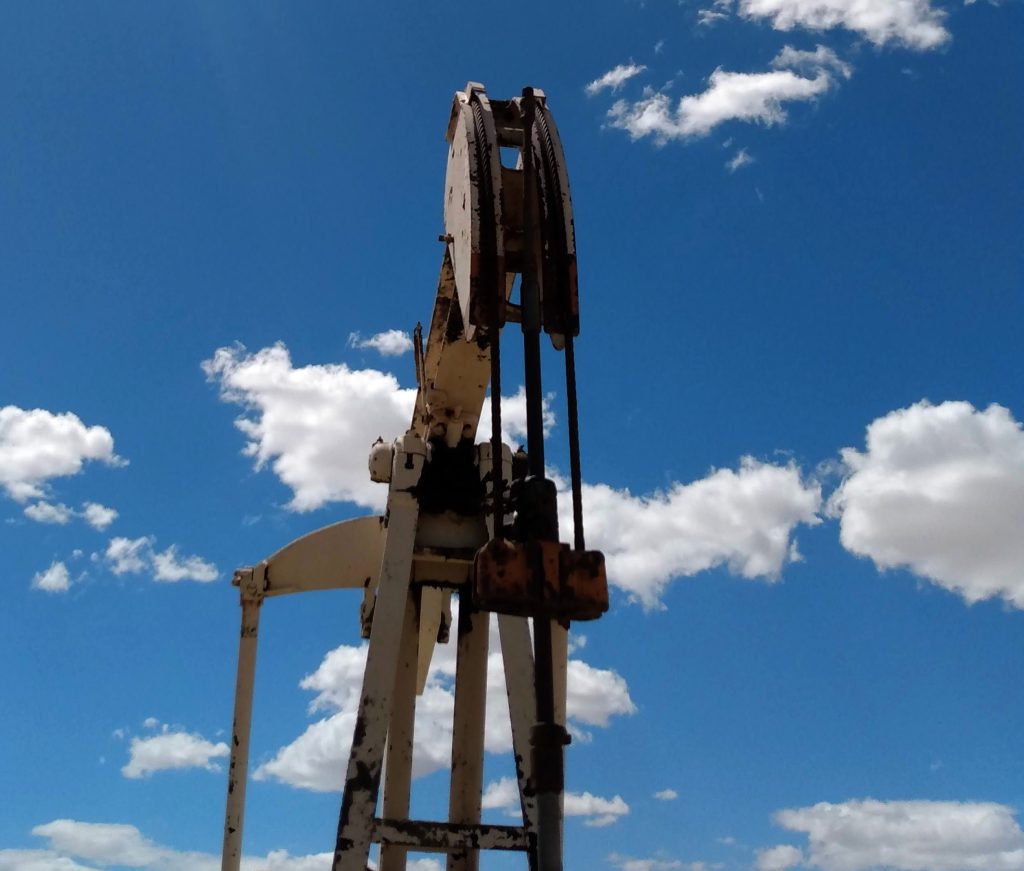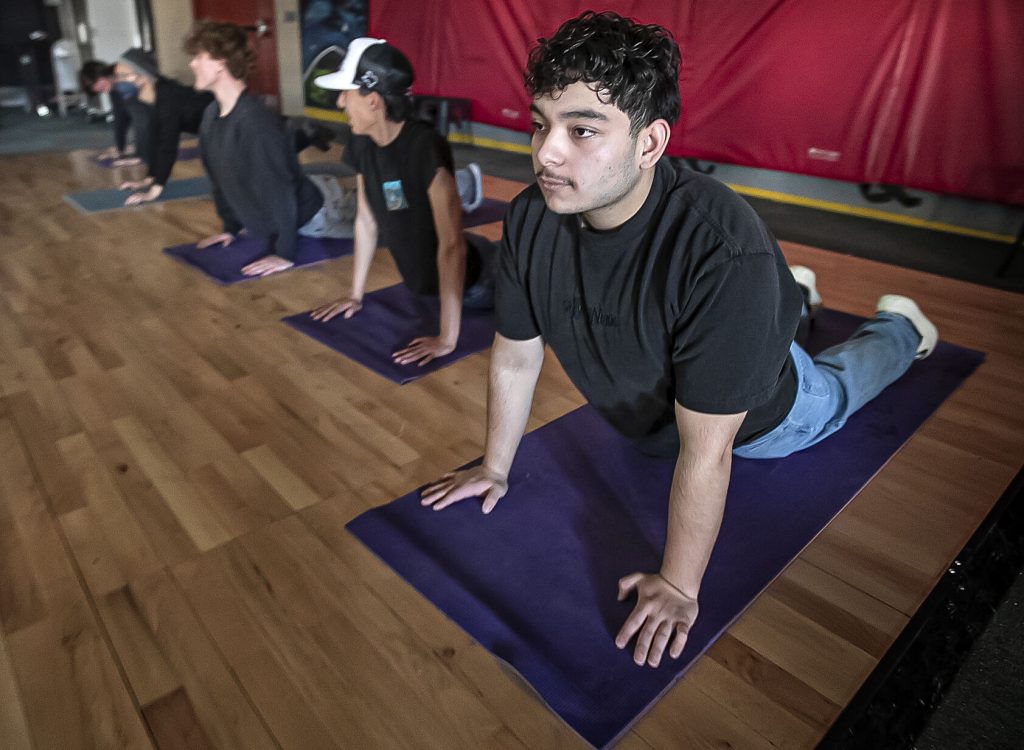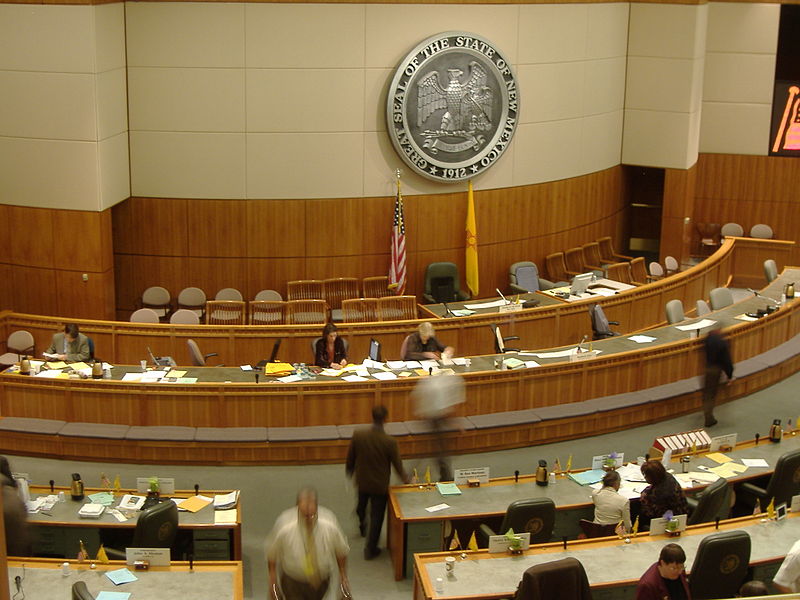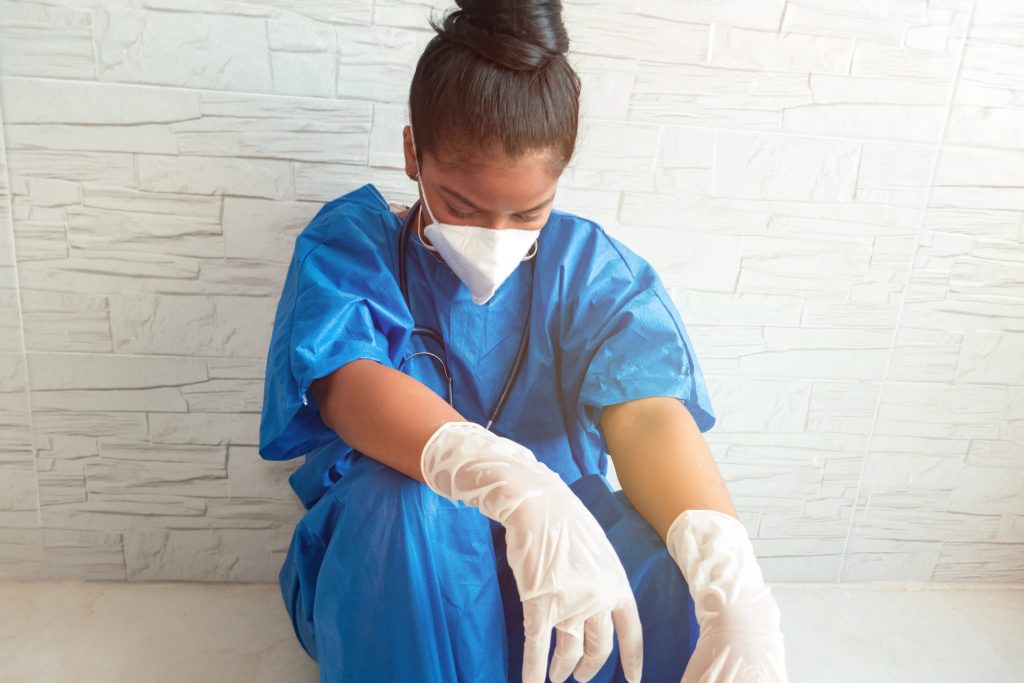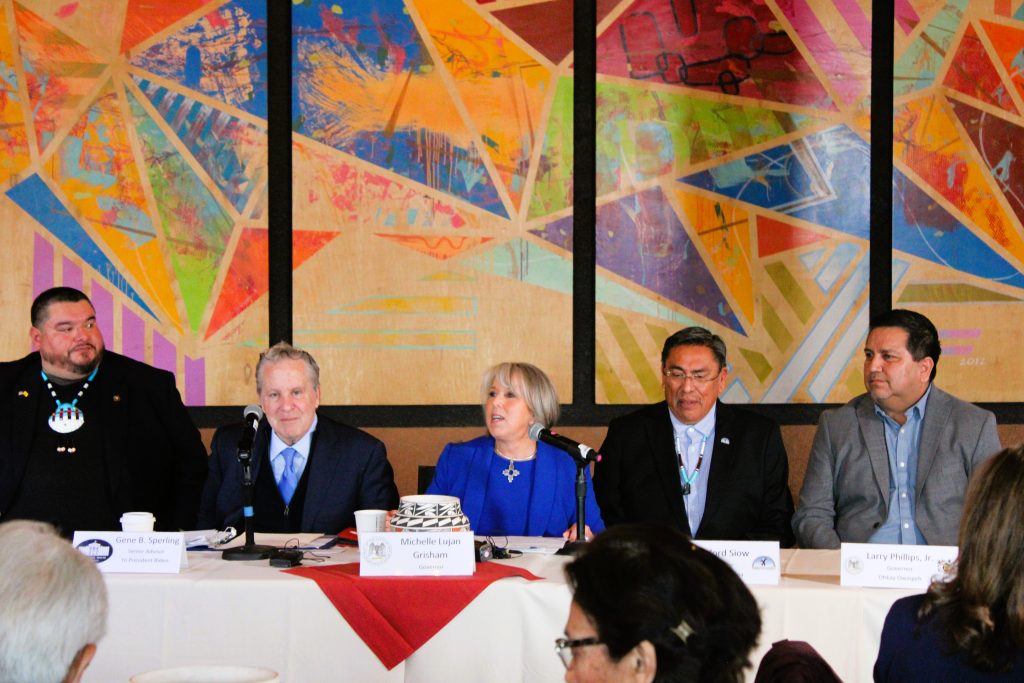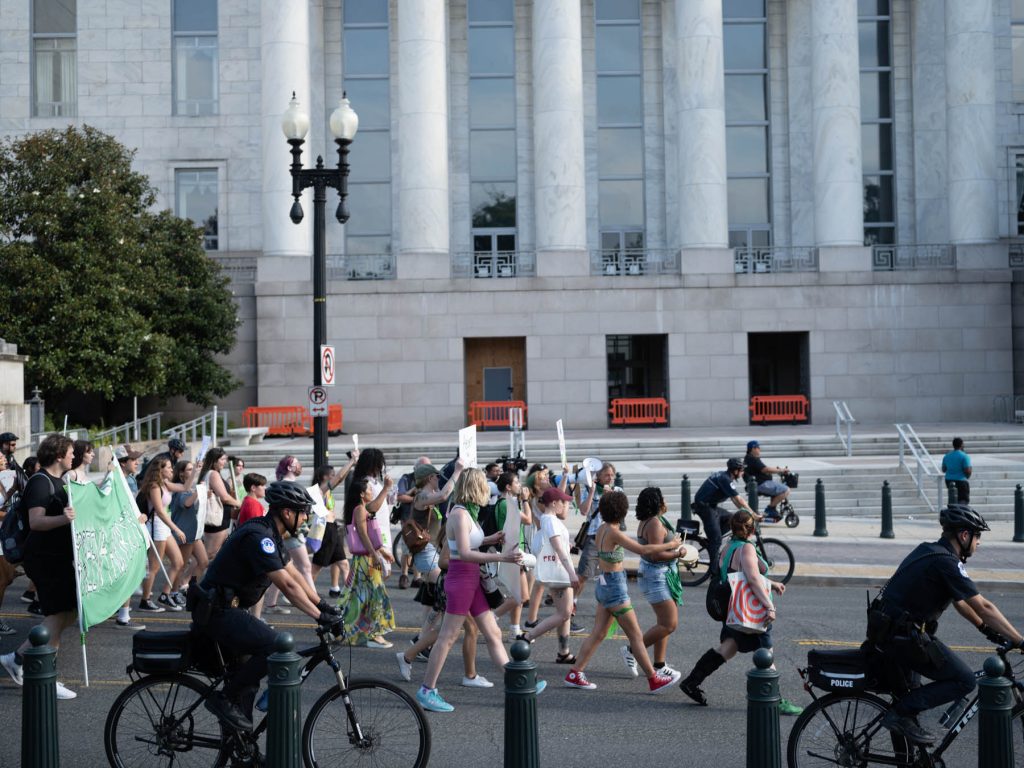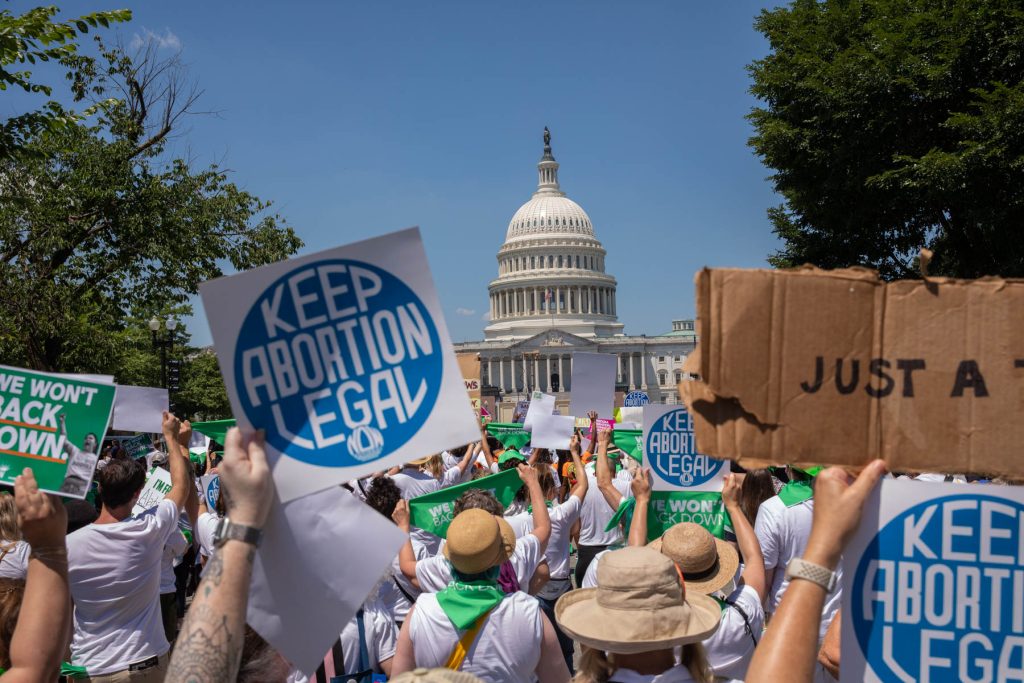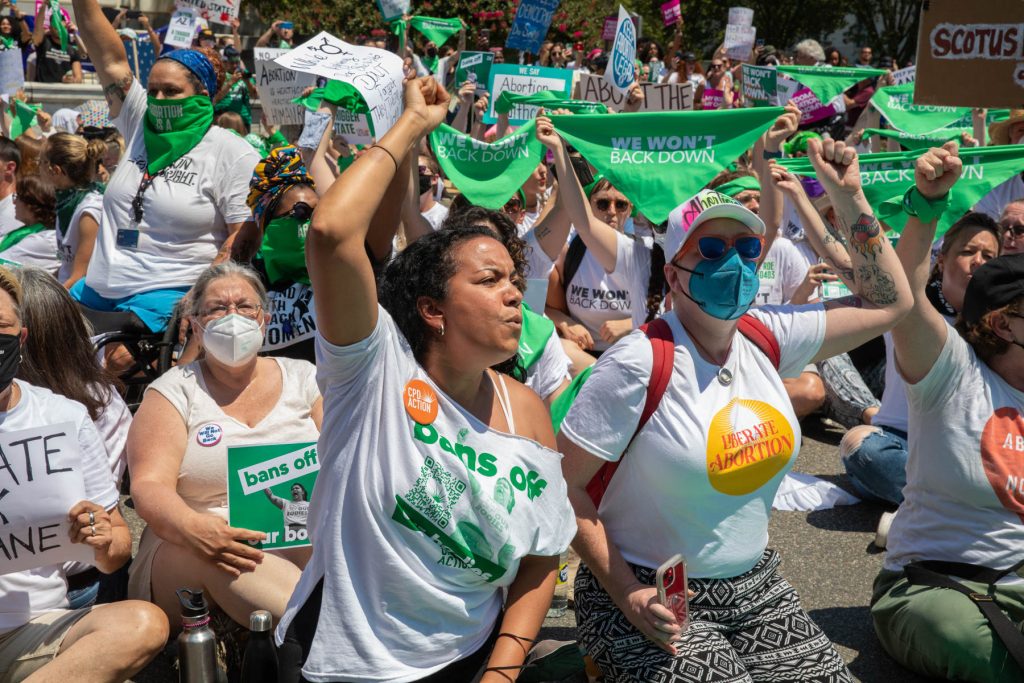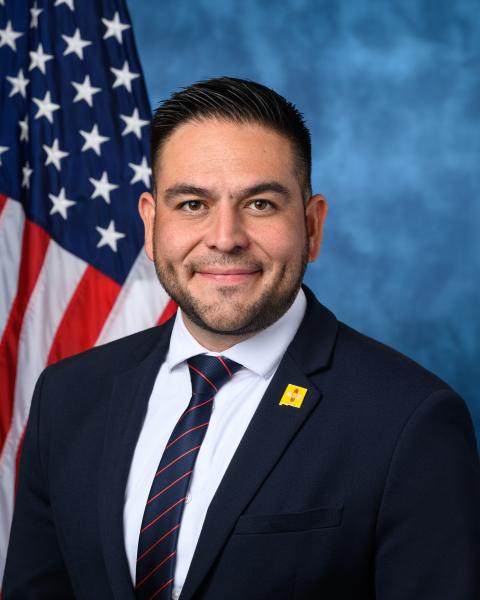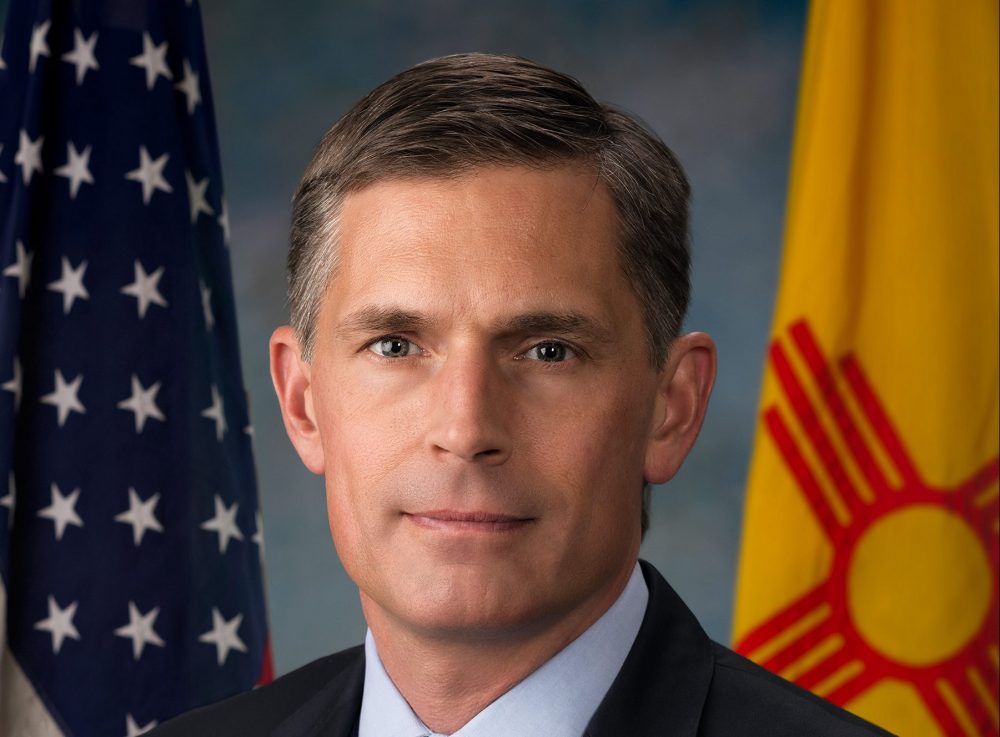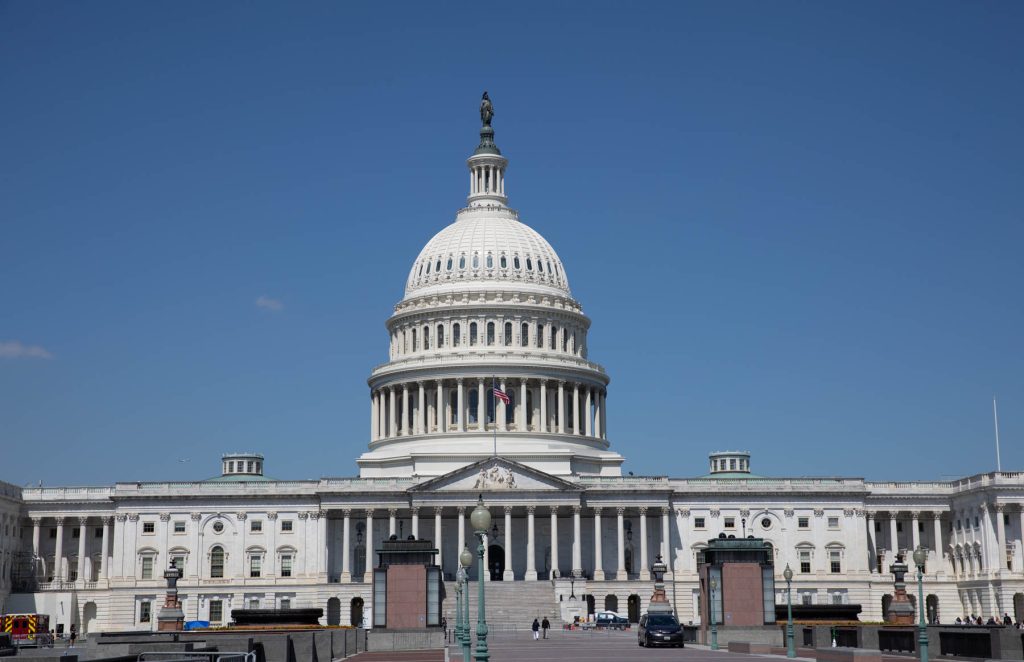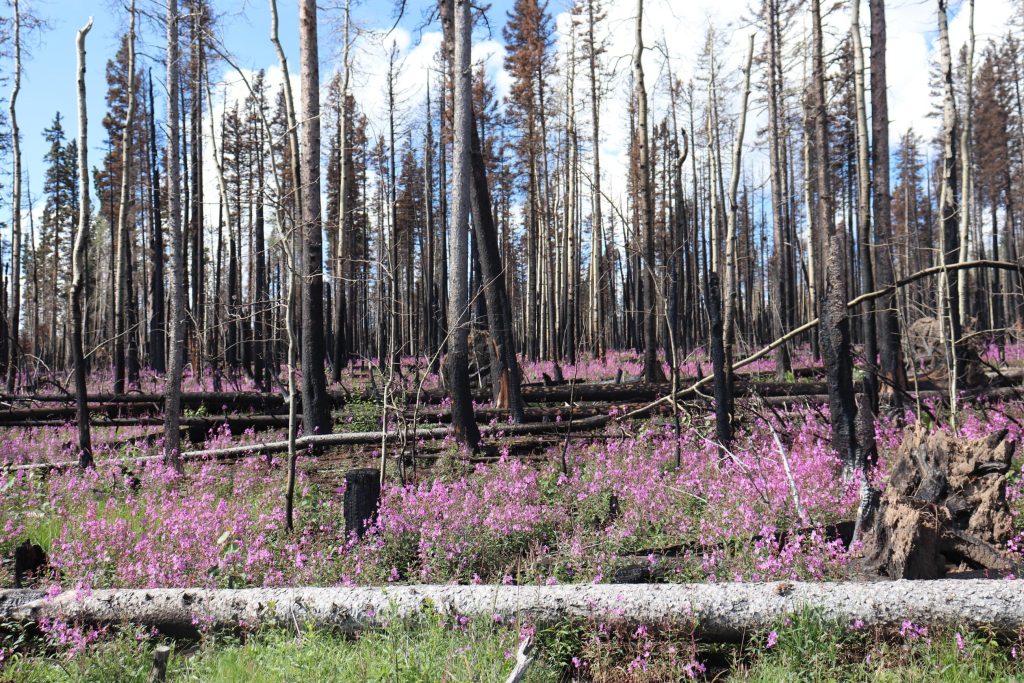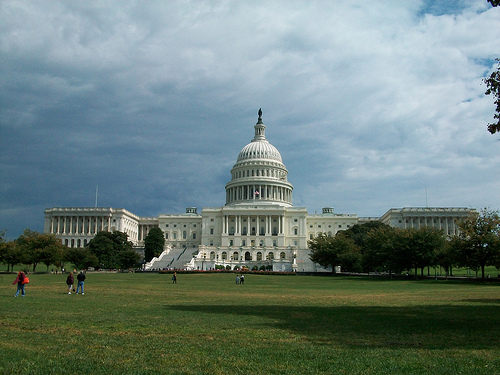ALBUQUERQUE – With cuts and bruises on his face, back and shoulders, Jerome Eskeets frantically told police about the violent assault he barely survived the night before.
In his 30s, Eskeets had been sleeping in an empty lot on Albuquerque’s west side with friends and relations, Allison Gorman and Kee Thompson, who like Eskeets were Dine’, as members of the Navajo Nation call themselves.
This story originally appeared at New Mexico In Depth.
Soon after talking to Eskeets, police found Gorman’s and Thompson’s bludgeoned bodies. The 2014 crime shocked Albuquerque, the state and occasionally made national news as the cases against the three defendants eventually arrested in the brutal killings — youths Alex Rios, Nathaniel Carrillo and Gilbert Tafoya — worked their way through the court system.
Three years later, the judicial system is nearing an end to the case. Sentencing for Tafoya is scheduled for December, the last of the trio to receive a court judgment. But the vicious murders, which garnered splashy headlines and led newscasts for a few fleeting days as the horrors of what happened in that west side lot came to light, betray deep obstacles that continue for Native people in Albuquerque.
In the wake of the murders, Mayor Richard Berry and his administration promised to address broader issues exposed by the crime, including the over representation of Native Americans who experience homelessness in Albuquerque.
Berry created a task force and started some new initiatives, like hiring a tribal liaison, re-establishing the Commission on Indian Affairs and supporting a community health center.
But as Berry prepares to leave office Dec. 1, Native advocates and community members have given mixed reactions to his efforts, in large part due to the seemingly entrenched homelessness in Albuquerque, and the violence that accompanies it.
The two men vying to replace Berry as mayor, Democratic state auditor Tim Keller and Republican city councilor Dan Lewis, have floated various ideas to improve the situation should they win the Nov. 14 runoff election. Greater outreach efforts to indigenous homeless population, increased behavioral health services and equal representation in city hall are among the suggestions.
This story is based on observing around 56 hours of in court testimony in Rios’ trial and hearings for the other two youth who savagely beat Gorman and Thompson to death on July 19, 2014; more than 20 interviews mostly in-person; and a review of hundreds of pages of court and police records. Some comments and quotes from family members and friends during the hearings and rally were originally published in the Navajo Times.
Albuquerque’s Urban Indian population faces more homelessness, violence
Albuquerque has the 7th largest urban Indian population in the country among places with more than 100,000 citizens, according to the 2010 US census, with American Indians from a constellation of tribes — the Dine’, Apache and Pueblo sovereign tribal nations of New Mexico and many other nations from across the country — making up 6 percent of the city’s population.
But they represent 15 to 17 percent of the city’s homeless community, according to a 2016 Native American Homelessness Demographic summary from the New Mexico Homeless Management Information System (HMIS).
The same year Thompson and Gorman were murdered, a survey of homeless people completed by the city of Albuquerque’s Heading Home project found Native Americans within the chronic and medically vulnerable homeless population more vulnerable to violence. Seventy six percent of 136 homeless native people surveyed reported being attacked on the streets, compared to 61 percent of the surveyed group as a whole.
Advocates and community members say Albuquerque is no different than other reservation towns that border the Navajo Nation and other tribal communities in New Mexico where violence against Native Americans–particularly those who are homeless–has been going on since the first settlers arrived.
Native Americans from various tribes spoke out at a public hearing conducted after the brutal murders by the Navajo Nation Human Rights Commission (NNHRC) in December of 2014, testifying that they had been assaulted and treated inhumanely by city residents, business owners, the police and at times other tribal members.
The day-long Albuquerque hearing, which focused on law enforcement, was one of several the commission has held documenting acts of violence, discrimination and bias in New Mexico border towns in the three years since Thompson and Gorman were brutally murdered. The others were in Farmington, Aztec, Bloomfield, Cortez, Gallup, Grants and Torreon. There were also public hearings in Arizona and Utah border towns.
Beaver North Cloud, a tribal health advocate who spoke at the 2014 hearing said “a large part of this is the backlash of not getting services back home. There are no jobs or housing. There are not enough services, especially crises services. (Here), there is mistreatment, profiling and discrimination. I have seen it. I feel hopeless about it.”
Frederika Benally, Dine’ and homeless at the time, added as she testified before the commission “I know people who have been rolled up in a carpet, been overdosed, been shot, everything. They call it (southeast Albuquerque) the war zone, the jungle. The ones who gets discriminated the most (are) natives.”
Violence continues
Standing on the sidewalk in front of First Nations Community Healthsource in late August, Jane Terry said she sees evidence of violence regularly.
Every Tuesday for the past 12 years at 11:30 in the morning, Terry pulls up in front of First Nations Community Healthsource on Zuni Road.
She’s an outreach volunteer with the Glory Bound Christian Center.
On Tuesday August 22, 2017, like all the Tuesdays before, she had come from Church’s Chicken where she picked up several orders, each including two pieces of chicken, a six pack of cookies, cran-raisins, jalapenos, bread and a bottle of water.
“They can count on us. I see the heartache and the stress of the people who come. I’ve seen them beat up,” she said.
Stepping in to add his voice, Danny, Dine’ from Shiprock, New Mexico, who asked to go by his first name, added that even veterans like himself, are attacked on the streets.
Leaning on a walking stick from a recent injury, he said he comes from a long line of military families. He proudly said that both his grandfathers were code talkers, his brother is in the Navy and all three of his children are overseas.
Seeing a friend of his arrive, he said, ‘Here’s another military guy. His name is Ol’ Yeller. It’s the same with him, too.”
Ol’ Yeller stepped closer. Bent over with long, black matted hair, one of Ol’ Yeller’s eyes was almost swollen shut and his cheeks were red and puffy. He looked cautiously at what was going on and backed away without saying a word.
Listening in, another man in his 40s stepped up and pointed to his face.
“I have a busted lip. I got shot right here. I got hit on the back of the head too,” he said nonchalantly.
Then, Jazz, his street name, chimed in, “I got shot. I got stabbed (several) times in the back and on my forehead.”
Jazz said he doesn’t understand the violence.
“Here, we are living on the streets and they come at us (referring mostly to non-natives) for what? We aren’t doing nothing wrong,” he remarked, the sound of frustration in his voice.
A young Dine’ man in his 20s from Gallup, said he didn’t want to say his real name and asked to be called Uriah.
“It’s basically every man for himself,” he said.
“There aren’t enough resources. All of the shelters are overcrowded,” Uriah added, saying that what’s worse is how bad he and other tribal members are treated when they do get into a shelter.
The nightmare unfolds
In the early morning hours of July 19th, 2014, Alex Rios, then 18, Nathaniel Carrillo, then 16 and Gilbert Tafoya, then 15, left a party near Coors and Central where they had been drinking and taking a type of mushroom that causes hallucinations and altered states of consciousness.
Cutting through an empty lot south of 60th street, they took their usual path to Tafoya’s house.
As they walked through the open field, they noticed men lying on mattresses. It’s a familiar scene, according to Tafoya’s testimony. He admitted to beating up other homeless people there before.
At Tafoya’s house the trio decided to put on masks and go back to the field to rob the men. On their way there, around 3 a.m., one grabbed a broken-off table leg.
During the violent frenzy that followed, Tafoya recognized Eskeets, who managed to break away after being hit and beaten.
Tafoya had run-ins with him in the past and knew him by name, but decided it was too much trouble to chase after him.
The trio turned their attention to Thompson and Gorman. Using the table leg and anything else in reach, a metal pole, tree branches and cement blocks, they relentlessly attacked the men for about an hour.
Then, they laughed about it.
To make sure they were dead, they went back to Tafoya’s house and got knives. Both Thompson and Gorman were stabbed.
“Stab wounds went right into the heart,” Angela Miller, state medical examiner who examined Thompson, testified at Rios’ trial.
One of the first responders, Albuquerque Police Department veteran detective Geoffrey Stone, recalled the morning he discovered Thompson and Gorman, testifying they were so unrecognizable, he couldn’t tell if they were male or female.
“They were completely mangled, most violent murder of my career,” he said.
The brutality of the murders stunned the Navajo Nation and tribal members who knew the men by their nicknames Rabbit (Thompson) and Cowboy (Gorman).
Families, community want justice and change
In February 2016, 2nd Judicial District judge Briana Zamora sentenced Alex Rios, the oldest youth, to 67 ½ years in prison following his December 2015 conviction on two counts of second-degree murder. At the sentencing, he expressed sorrow for what he did and pled for mercy, but Zamora rebuked him.
“This was torture,” she told him.
Seeing Rios’ outcome, Carrillo agreed to a plea deal and Zamora ended up giving him 26 ½ years, down from a maximum of 48 years at a hearing on Oct. 4, 2016. Then, 18, he’ll be free in his mid-40’s, if he serves the full term.
Carillo’s sentence didn’t make sense to Thompson’s sister, Veda Yazzie.
“It’s too light. We were expecting a longer sentence,” she told the Navajo Times remembering her brother and his friend, Gorman, who were in their 40’s when killed by Rios, Carrillo and Tafoya.
“They died too young,” she added holding back tears.
Tafoya also took a plea deal. His deal gave him an amenability hearing for testifying against his buddies. If judged amenable to treatment, he would get out of lock-up when he is 21.
But on Oct. 18, Zamora dashed Tafoya’s hopes. Judging the murders premeditated, willful and brutal, she ruled treatment out and dismissed the defense’s argument that Tafoya had become responsible, while detained the past three years. His sentencing hearing is Dec. 14.
Throughout Rios’s trial and the numerous hearings for the other two youth, Thompson’s and Gorman’s relatives sat with their respective families. Their faces strained trying to hold back tears, at times bowing their heads and wiping their eyes as they observed the bloodied materials brought in as evidence and listened to the testimony. Some family members used audio devices to listen to the proceedings translated into the Navajo language.
“The family of Kee Thompson when they heard what happened were emotionally torn apart. He was a brother, son, grandfather, father, friend and cousin. It is hard to understand how a person could take his life. No one has the right to do this,” Steven Darden, NNHRC vice-chair, told Zamora before she sentenced Rios.
Remembering Gorman, one of his relatives talked about his gentle nature.
“He was a kind-hearted person and a good son. His family’s hearts are broken as they weep for their beloved Allison. Alex Rios has left a void in their hearts,” said Romero Brown.
The city response
Soon after the brutal murders, then Navajo Nation President Ben Shelly arrived in Albuquerque from the Nation’s capital in Window Rock, Ariz. to meet with Mayor Berry.
“Our meeting signifies our efforts to find a shared solution to addressing the root causes of homelessness in our city,” Berry was quoted as saying in an Aug 1, 2014 statement announcing the creation of the Native American Homelessness Task Force, which he charged with making a list of recommendations.
A year later, frustrated by city inaction, a Native rights group called Red Nation and other groups rallied more than 100 people in a street demonstration on the one-year anniversary of Thompson’s and Gorman’s deaths, July 19.
Above the traffic din at the busy intersection of Central and Wyoming, Melanie Yazzie, a spokesperson for Red Nation, a coalition of native and non-native activists and community members that formed to fight back against continued violence, yelled out, “We are here to tell the city of Albuquerque, it actually needs to do something. The city has not responded in any significant way to improve life for Native people.”
Some called for the murders to be considered hate crimes.
Michael Patrick, a spokesman for the Bernalillo County District Attorney’s office, said in an email there wasn’t proof Gorman and Thompson were targeted because they were Native American.
“There was no evidence that they knew the deceased were Native American. It was clear from the police interviews conducted the next day that this was a crime of opportunity,” Patrick noted.
At rallies and protests during the past three years, members of Albuquerque’s urban Indian community appeared to have had a hard time believing this.
At the July 2015 rally to mark the one-year anniversary of the murders, which included family members and relatives of the two victims, people raised signs that read, Stop Racist Violence Against Natives, How Many More Native Murders Before ABQ Calls It A Hate Crime?, And Another Stolen Life.
“People need to stop being racist and violent,” Veda Yazzie, Thompson’s sister, told the Navajo Times.
Melanie Yazzie, the Red Nation spokesperson, said the hate crime law, which is limited in scope, leaves out the atmosphere that fuels the violence. “It misses the fact that the person is part of a larger system. Border towns are so violent; this is why these things happen in the first place,” said Yazzie.
A few weeks after the one-year anniversary rally, Berry rolled out 14 recommendations and a tribal liaison was appointed.
The 14 recommendations included hiring a tribal liaison and social workers, creating a hub for services, conducting cultural sensitivity training, coordinating with tribes, and expanding access to emergency shelters and transitional housing, to name some.
At an August 2015 press conference, Berry presented First Nations Community Healthsource with a check for $300,000 to support a one-stop shop for services. The health clinic is on Zuni Road near San Mateo Blvd. With the help of the city grant, First Nations completed the construction of a wellness center a few blocks away in time for a community dinner celebrating the 2017 new year.
Berry also introduced the tribal liaison (a part-time position) and announced a contract with an indigenous health program at UNM to conduct cultural sensitivity training with city staffers.
The two social workers have been assigned to First Nations Community Healthsource, according to a city spokesperson.
Additionally, Lisa Huval from the New Mexico Coalition to End Homelessness said this August efforts are being made to get federal funds that would include services to Native Americans.
But, there’s still a ways to go before regular communication and coordination takes place between tribal and city, social and behavioral health services, which was a key goal of the appointment of a tribal liaison.
Dr. Lloyd Lee, Dine’, a member of the Commission on Indian Affairs, said the tribal liaison as a part time position is stretched to the limit. And, he said, the Commission is unfunded.
“We need people and resources to get this done,” Lee said.
New Mexico Republican Representative Sharon Clahchischilliage, Dine’, (District 4-San Juan), a former social worker, said in an early October that she hasn’t seen any evidence of city and tribal social service collaboration in her work as a state legislator, from communication with the Navajo Nation and with her constituents.
“It can help families find their loved ones and get them the services they need. A lot of times families don’t even know. And they don’t know who to connect with in Albuquerque,” she said.
A situation in late September illustrated Clahchischilliage’s point. Relatives of a 25-year old man from To’hajiilee, a Navajo community 30 miles west of Albuquerque, were desperately looking for him after he had been missing for more than a week. Yet they were having trouble getting the police to take a report.
The family’s anguish could have been alleviated if they had known who to contact for help in city government, said the man’s aunt Helen, who asked that her last name not be used.
Theresa Galvin, an administrator for Navajo Nation’s Department of Behavioral Health, said through a Navajo Nation spokesperson she had not received any referrals from aAlbuquerque homeless shelter she toured a couple of years ago. During the visit she had asked staff at the shelter to refer to her department tribal members who showed up so they could get services back on the Navajo Nation in communities like, Shiprock, New Mexico and Window Rock, Ariz.
A city spokesperson, Bobby Sisneros, city planning manager for the Department of Family and Community Services, in an email specifically pointed to the Heading Home program, an initiative to find housing for the most chronic homeless, as progress made under the Berry administration.
It recently provided housing for 700 people some with families, 89 of whom were tribal members — or 12 percent of those helped, Sisneros wrote.
But Anita Cordova, Executive Director of Health Care for the Homeless, said the solution to homelessness is nothing short of permanent housing for all.
Until everyone has a home and can afford to keep it, advocates are calling for a Native American shelter and rehab center, which would include culturally relevant services like traditional counseling, Berry has said in the past a dedicated shelter is something the city would consider in the long-term.
Hope for change from Albuquerque’s next mayor
There is no guarantee that existing reports from the city and organizations that work with the homeless are accurately capturing the numbers of Native Americans living on Albuquerque’s streets, however.
Some people don’t want to be found and others stay with relatives or friends, said Ambrose Ashley and Priscilla Jim, both Dine’.
During a ride around the city in late August, Ashley took side streets off Central Avenue as Jim pointed out numerous places where the homeless Native community hangs out.Ashley conducts Alcohol Anonymous groups at the Albuquerque Indian Center while Jim, who was homeless for several years, volunteers whenever she can.
“Those are the places I hung out, while I was on the streets,” she said.
Jim said she had First Nations Community Healthsource to thank for her recovery and finding a place to live.
“I have been off the streets and sober for three years now. I really appreciate First Nations. My heart is strong. I am very thankful,” she said.
During the ride, Ashley passed bus carousels, street corners, more parks and road strips tucked away from everyday pedestrian traffic.
At each location, Jim recognized tribal members who she identified as homeless.
“There they are,” she said, recognizing a group of about 10 people sitting together in a circle under a tree in a park; a couple of shopping carts full of stuff nearby.
“Now, I just see a lot of young ones, in their 20s, 30s and even younger. I’ve even see some with babies in strollers,” she noted.
Albuquerque community member Lisa Lucero, who hosts drum circles around town, said it’s easy to see there are “too many homeless, far too many homeless.” “Everywhere you look, you see people on the streets, sleeping in the parks, sleeping on the door fronts. Obviously, we are not doing enough.”
Lucero spoke to the New Mexico In Depth and Santa Fe Reporter during a park gathering to meet the mayoral candidates this past summer.
She hoped the incoming mayor would look at the gaps in services.
During a panel a week before the October general election Keller and Lewis promised to make the city a safer place and improve the quality of life for tribal members.
“I want to double down. I would like some of the behavioral health dollars to go specifically for counseling and support given to Native communities. There’s a whole lot more support that could be given out of that office,” said Lewis.
Keller said the task force recommendations were well intended. But, if the city had been paying attention to what was happening, they wouldn’t have been needed in the first place.
“What was needed was a formal outreach to those folks, so they (Eskeets, Gorman and Thompson) wouldn’t have been there,” Keller said. “We talk about disparities and one of the biggest areas that are lacking is our Native American community in terms of jobs at the city and in leadership. I very much want to change that.”
After becoming candidates for the runoff election, Lewis and Keller were asked by this reporter if they would support the construction of a Native American shelter and rehab center.
Through a campaign staffer, Dan Lewis said he would. Keller didn’t respond to a request for an interview.
The election is Nov. 14.
Unspoken Causes
Lee, the Indian Affairs commission member, supports the bulleted to-do list the city rolled out in 2015 and wants the incoming Mayor to follow up.
But Lee, who also is an associate professor in UNM’s Native American Studies program, said history has to be dealt with, too.
Too often when violence occurs against indigenous people, he explained, superficial reasons like “having fun,” are accepted and not questioned, Lee said during an interview.
Historical attitudes and stereotypes reinforced by our society’s institutions and educational systems probably played “a huge role on how these individuals (Rios, Carrillo, Tafoya) saw these men (Thompson and Gorman),” Lee added.
“It’s called internalized colonization,” Edwin Gonzalez-Santin, director Office of American Indian Projects at Arizona State University’s School of Social Work, explained during a phone interview in late October.
“These dynamic tensions are there between groups. It’s very difficult to overcome the inertia,” Santin added.
To break through, Santin said, people have to “shine a light on it.” Awareness will help lead to understanding and change.
“It’s needed. Too many people are getting hurt,” said Lee.
Many organizations are working to end homelessness in New Mexico, as are community members who help out by providing food to the homeless on a regular basis.
There are also random acts of kindness. One day last summer, a young woman with strawberry blonde hair noticed a man shivering from the cold and rain in front of the Satellite Café on Central Avenue. She bought him a sandwich and a drink.
Roz Carroll from the Navajo Nation seemed to speak for many when she spoke of the importance of seeing the humanity in every person.
“We are one no matter what color we are. We need to get involved at all levels. Don’t be afraid to speak out. It will have a ripple effect.”
Colleen Keane is a New Mexico freelance writer/photographer whose stories have appeared in the Navajo Times, Santa Fe Reporter and New Media Street Press. Previously, she worked for several years in Navajo communities teaching journalism, writing grants and organizing conferences to inform parents of rights under a federal law, the Indian Child Welfare Act. She holds a Masters Degree in Journalism from the University of Southern California. Her Master’s thesis was The River That Harms, a full length television documentary about the 1979 United Nuclear Corporation radioactive waste spill in Church Rock, NM, a Navajo community, 10 miles east of Gallup.

